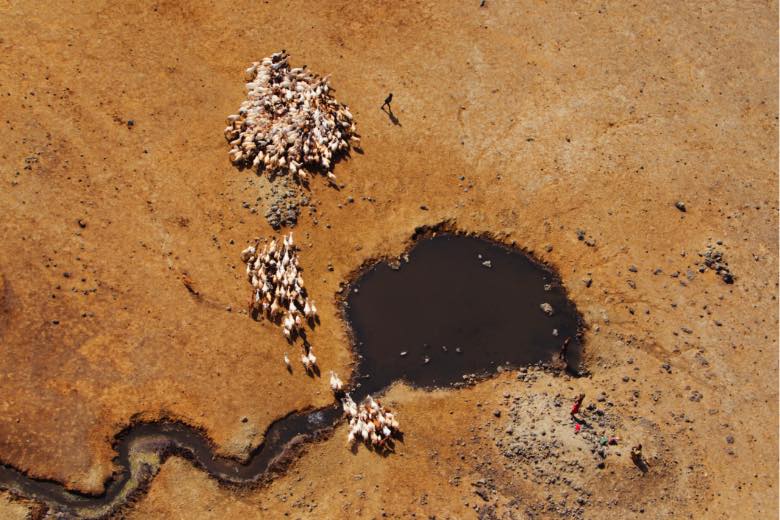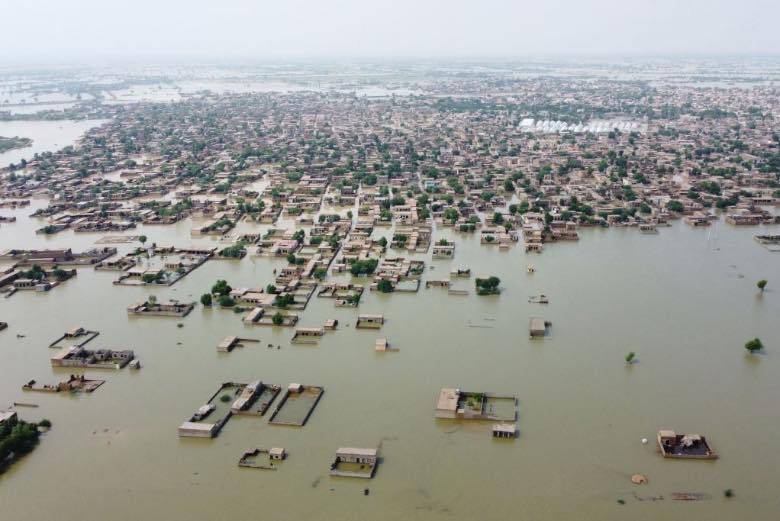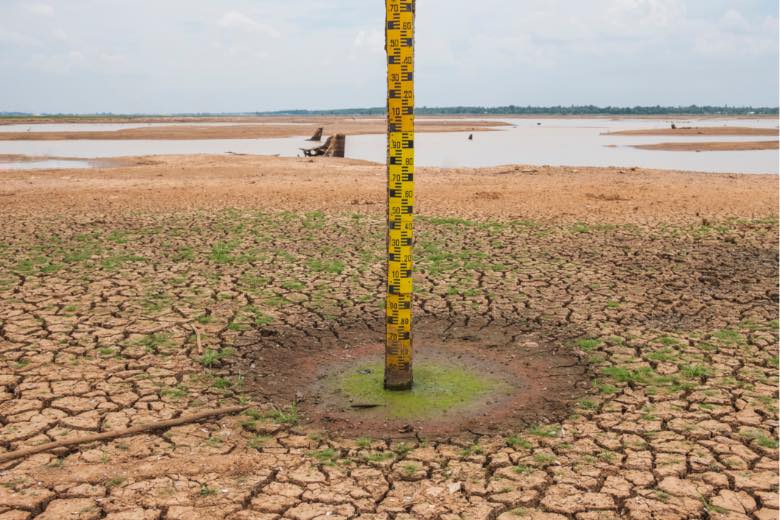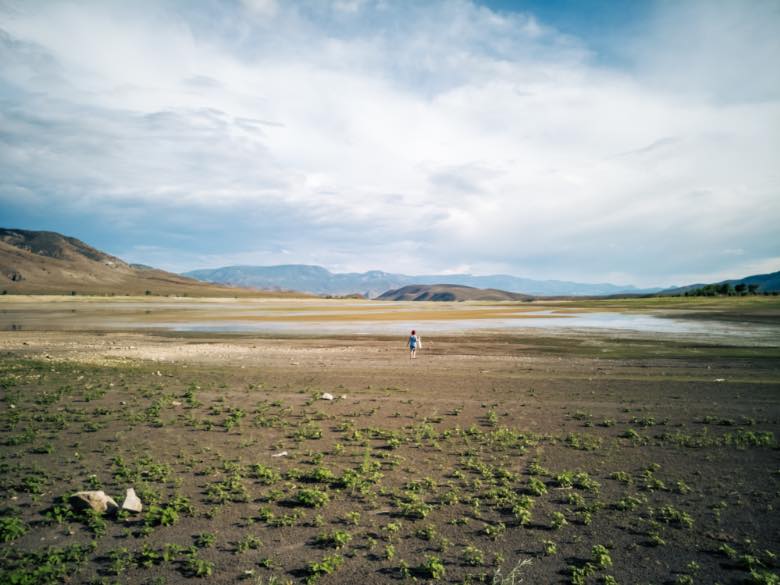Water on Earth is neither created nor destroyed. There is no risk of this essential resource for life and sustainability disappearing from the planet. But to understand the fragility of our dependence on it, it should be added that almost 97% of the world’s water is salty, 68% of the fresh water is trapped in glaciers and polar ice, and 99% of the liquid fresh water is underground. Add to this the fact that it is not just a question of quantity, but also of its distribution, and that this is being exacerbated by climate change, and it is not surprising that innovative technological solutions are being sought to alleviate the problem, or that attempts are being made to regulate rainfall using methods of dubious effectiveness. On 17 June, the United Nations celebrates the World Day to Combat Desertification and Drought, an annual opportunity to raise awareness of this threat.
According to the United Nations, the number and duration of droughts have increased by 29% since 2000, and today more than 2.3 billion people suffer from their effects; by 2050, more than three quarters of the world’s population will be affected. And drought is a prelude to desertification: the UN Convention to Combat Desertification states that 500 million people live in areas that have become desertified since the 1980s, and that desertification could displace some 50 million people in the next decade. And this is not just a scourge of the poorest countries: the spring of 2023 has revealed the devastating effects of too much water and of water scarcity in countries such as Spain and Italy, with severe droughts followed by torrential rains.

A future of droughts and floods
Media coverage tells of similar situations around the world. But beyond the headlines, scientific studies reveal a long-term trend. One study found that the period from 2000 to 2021 was the driest 22-year period in southwestern North America since at least the year 800, and that 19% of this is due to climate change. An analysis of 600 years of tree growth rings in South America shows an unprecedented frequency of extreme drought and precipitation since the 1960s, a phenomenon that brings together the effects of El Niño (the cyclical warming of the eastern equatorial Pacific), the Southern Annular Mode (the displacement of Antarctic winds) and climate change. The authors predict that “South America will experience more frequent/severe droughts and rainfall events as a consequence of increasing greenhouse gas emissions.”

Droughts and floods are two sides of the same coin. In its Sixth Assessment Report, completed in 2023, the UN’s Intergovernmental Panel on Climate Change (IPCC) explains that warming increases evapotranspiration, which exacerbates droughts, but at the same time increases the maximum amount of moisture the atmosphere can hold by 7% for each degree of temperature rise. The consequences of this intensification of the water cycle are more droughts and more torrential rains, so that extreme precipitation events that used to occur once every 10 to 50 years will double or triple in frequency. Poor countries bear the brunt of the change, with a 15-fold increase in mortality from water-related disasters.
Increased torrential rainfall does not make up for droughts either. Excessive and untimely rainfall is just as damaging to agriculture as no rain at all. It is not even the best way to replenish lost water, as most of it runs off the surface without soaking into the ground, and it does not help recharge groundwater extracted for irrigation. Evidence of how the disruption of the water cycle is draining our water supplies comes from a study published in Science in 2023: the authors collected satellite observations over three decades of the Earth’s 1,972 largest lakes. Lakes, the study notes, cover 3% of land masses and store 87% of liquid surface fresh water.

The results show that 53% of them have suffered significant volume losses. The causes: climate change, increased evaporation and greater demand for water for human consumption. In artificial reservoirs, sedimentation is clogging the bottoms and reducing storage capacity. The bottom line is that about one-quarter of the world’s population lives in a basin of a drying lake.
Ineffective solutions and global remedies
As University of Oregon environmental geophysicist Sarah Cooley explains in a commentary on the study, a recurring pattern is that “dry gets drier”, so the most vulnerable areas are the most arid; more than five million km2 have desertified since the 1980s. According to the IPCC, the worst effects will be felt in the Mediterranean, southwestern South America and western North America. The European Commission warns that aridity threatens 168,000 km2 in Italy and 365,000 km2 in Spain, a majority of both countries.

As for solutions, attempts are being made in China, Africa and elsewhere to halt the advance of the desert with green walls, but the effectiveness of these measures is questionable. Experts insist that solutions must be global. The planet has passed the safe limits of water sustainability, one study warned in 2022, making water and land-use management of critical urgency, along with the essential fight against climate change. According to Mathew Barlow, a climatologist at the University of Massachusetts, “reducing emissions will reduce impacts. Every fraction of a degree matters.”
Javier Yanes
Comments on this publication